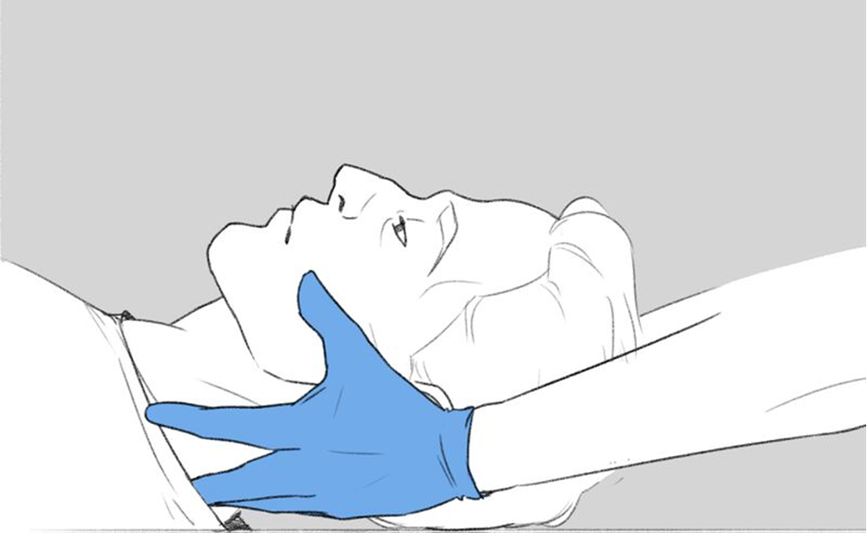Susan, the nurse, is caring for a client who has DIC. Which of the following medications should the nurse anticipate administering?
Vitamin K
Statin
Heparin
Metformin
The Correct Answer is C
Choice A: Vitamin K
Vitamin K is essential for the synthesis of clotting factors and is often used to treat bleeding disorders caused by vitamin K deficiency or to reverse the effects of anticoagulants like warfarin. However, in the context of disseminated intravascular coagulation (DIC), the primary issue is not a deficiency of clotting factors but rather an overactivation of the clotting cascade leading to both clot formation and bleeding. Therefore, while vitamin K can be beneficial in certain bleeding disorders, it is not the primary treatment for DIC.
Choice B: Statin
Statins are medications used to lower cholesterol levels and reduce the risk of cardiovascular disease. They work by inhibiting the enzyme HMG-CoA reductase, which plays a crucial role in cholesterol synthesis. Statins are not used in the management of DIC as they do not address the underlying pathophysiology of the condition, which involves widespread clotting and subsequent bleeding.
Choice C: Heparin
Heparin is an anticoagulant that helps prevent the formation of new clots and the extension of existing clots. In the management of DIC, heparin can be used to interrupt the clotting process and prevent further consumption of clotting factors. This can help stabilize the patient and reduce the risk of severe bleeding. Heparin is particularly useful in cases where thrombosis is predominant. It is important to monitor the patient closely to balance the risk of bleeding with the benefits of anticoagulation.
Choice D: Metformin
Metformin is an oral hypoglycemic agent used to manage type 2 diabetes by improving insulin sensitivity and reducing glucose production in the liver. It has no role in the treatment of DIC, as it does not affect the coagulation pathways or the underlying causes of DIC.
Nursing Test Bank
Naxlex Comprehensive Predictor Exams
Related Questions
Correct Answer is A
Explanation
Choice A Reason:
Maintaining the cervical collar in place is crucial for a client with a spinal cord injury at the level of C3-4. This action prevents further damage to the spinal cord by immobilizing the neck and maintaining proper alignment. Any movement could exacerbate the injury, potentially leading to more severe neurological deficits or even paralysis.
Choice B Reason:
Asking the client if they remember any events around the time of the injury is not the priority in this situation. While obtaining a history is important, it should not take precedence over stabilizing the spinal cord to prevent further injury. The primary focus should be on ensuring the client's safety and preventing additional harm.
Choice C Reason:
Explaining to the client that they will never be able to walk again is inappropriate and premature. The prognosis for spinal cord injuries can vary widely, and it is essential to provide accurate information based on a thorough assessment and consultation with specialists. Additionally, delivering such news requires sensitivity and should be done in a supportive manner.
Choice D Reason:
Notifying the client's parents that they are in the ED is important for family communication and support. However, it is not the immediate priority. The primary focus should be on stabilizing the client's condition and preventing further injury. Once the client is stabilized, the nurse can then inform the family.

Correct Answer is B
Explanation
Choice A Reason:
Fluid imbalance is a significant concern in burn patients due to the loss of fluids through damaged skin. This can lead to hypovolemic shock if not managed properly. However, while fluid resuscitation is crucial, it is not the immediate priority over airway management in the case of burns to the head and neck. Ensuring the airway is clear and unobstructed takes precedence because airway compromise can lead to rapid deterioration and death.
Choice B Reason:
Airway obstruction is the most critical risk in patients with extensive burns to the head and neck. Burns in these areas can cause swelling, leading to airway compromise. Inhalation injuries from smoke or hot gases can also cause airway edema and respiratory distress. Immediate assessment and intervention to secure the airway are paramount to prevent hypoxia and ensure the patient can breathe adequately. This is why airway management is the top priority in such cases.
Choice C Reason:
Infection is a major risk for burn patients due to the loss of the skin barrier, which normally protects against pathogens. Burn wounds are highly susceptible to bacterial colonization and infection, which can lead to sepsis if not properly managed. While infection control is vital, it is not the immediate priority over securing the airway in the acute phase of burn management. Once the airway is secured, infection prevention and control measures can be implemented.
Whether you are a student looking to ace your exams or a practicing nurse seeking to enhance your expertise , our nursing education contents will empower you with the confidence and competence to make a difference in the lives of patients and become a respected leader in the healthcare field.
Visit Naxlex, invest in your future and unlock endless possibilities with our unparalleled nursing education contents today
Report Wrong Answer on the Current Question
Do you disagree with the answer? If yes, what is your expected answer? Explain.
Kindly be descriptive with the issue you are facing.
